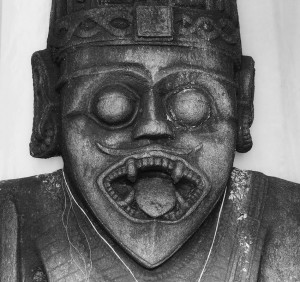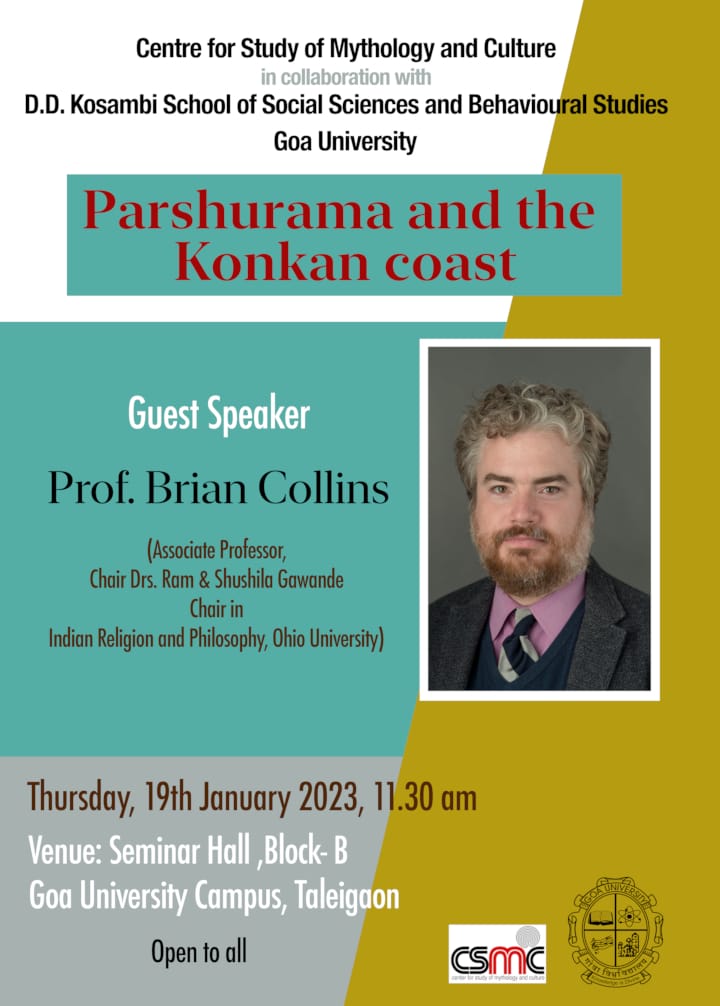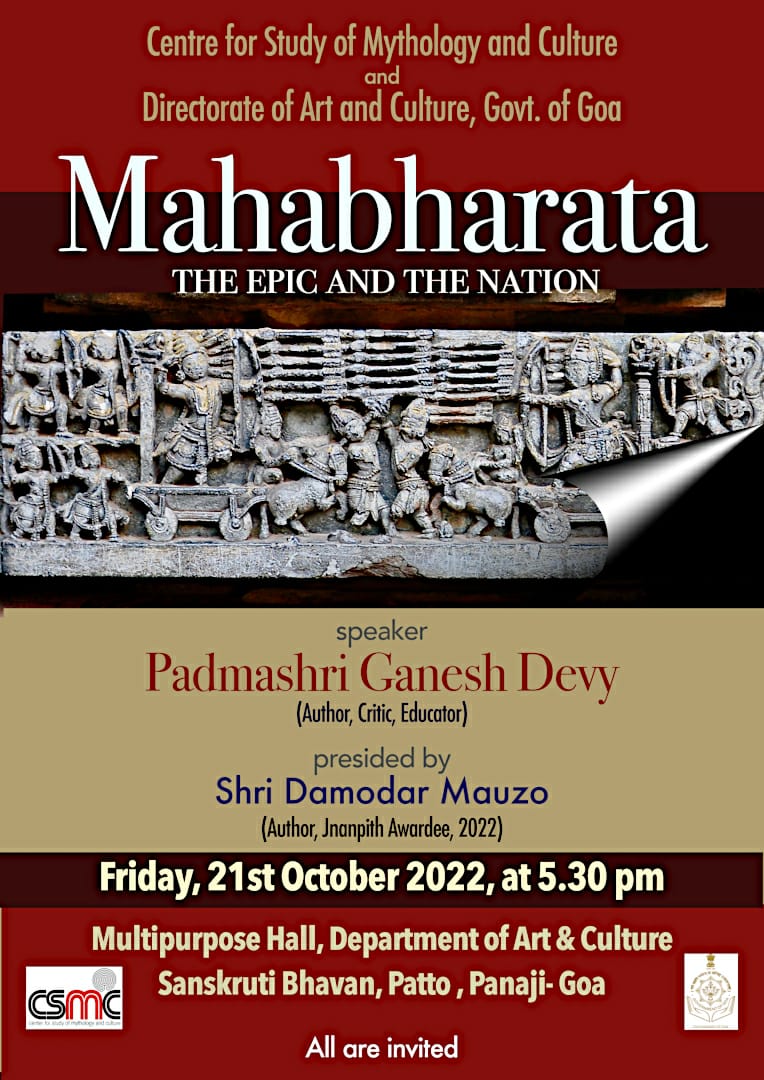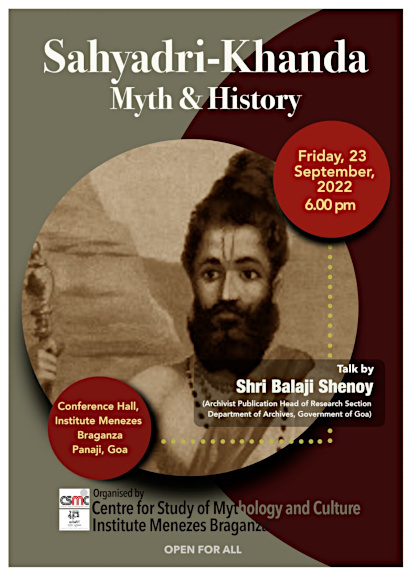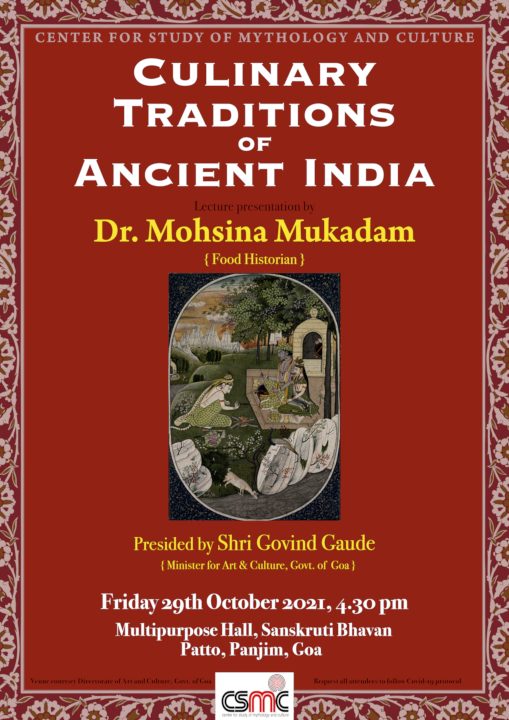Every time I visited my grandparents’ house in Salcette Goa, I would accompany Thomas, who worked in our house, to the shrine outside the village. In reality there was no temple or a shrine or even an idol at the spot, but a huge Banyan tree with a hollow base which looked like it was the entrance into a tiny cave. Unlike other temples where there is an idol which is decorated with flowers and perfumes and the place is buzzing with devotees, this shrine was stark, empty and devoid of any decorations. However, there were signs that oil lamps were being lit regularly as dark soot had blackened the roots of the Banyan tree.
Every Wednesday, we would walk up to the village boundary where the tree was located with a bottle of country liquor and a roti or bread made of husk with a preparation of meat placed on top. We would also carry a small bottle of oil to light the lamp. I had also seen people leaving leather shoes and rough woolen shawls (kambal) under this tree. Thomas would light the lamp and then ask me to place the food and liquor at the base of the tree. Our offerings were always made after the sunset. Before leaving we would fold our hands in reverence, circumambulate the tree once and quietly walk away without talking. Thomas would warn me not to look behind.
Curious about the entire proceedings I once asked my granny: “For whom do we carry this food?” She said, “He is our Rakhno.” Rakhno in the language of the region (Konkani) means protector. A guardian spirit. For us Rakhno was a village spirit who protected all of us. We worshipped him and at the same time feared him.
No one knew how he looked but there were many opinions — some said that he was a tall man who was dressed like a shepherd. He wore a woolen shawl on his shoulders and carried a wooden staff. Some believed that he carried a sword rode a horse and always moved with a band of followers. What everyone agreed on was that he had a fearsome gaze and that if you looked into his eyes you would either end up dead or crazy.
My mother had her own story of Rakhno which I have tried to tell in her words, as I remember it:
“Once I and my friend went to the riverside to play. The river was little distance away from the centre of the town. We were there a long time and got so busy gathering pebbles that we did not realize that the sun had set and night was approaching. We were alone and the darkness made us afraid so we began to cry. Suddenly we heard a male voice calling out to us. “What are you two girls doing so late in the evening?” His voice was rough and commanding.
Frozen with fear, we could not speak. We could not see him but the voice was clearly emanating from a few feet away. He rebuked us for being out so late and said he would drop us home. “I will walk behind you” he said. “Now get moving”, he ordered.
We clutched each other and began walking. We could hear the sound of leather shoes marking the road behind us. It was a peculiar sound, that which you hear when someone walks in a new pair of shoes. He was probably carrying a wooden staff which he banged on the ground with every step he took. His footsteps were very heavy so we presumed he must be a tall man. We reached my friend’s home and the sound of the staff stopped. In a gruff tone he asked my friend to run into her house. “Don’t look back”, he warned. I realized I was all alone. I could see the lights of my house in the distance. I began to run but my feet were getting heavy. I was sweating and panting profusely and as soon I stepped onto the doorway I collapsed. I don’t remember anything after that…”
My Granny believed it was Rakhno who had safely brought her daughter home. Since then she had set up this practice of sending food to this village deity every Wednesday.
Story Collected by : Vidya Kamat
Told by : Sitabai Pai Panandiker
Location: Salcette . Goa
Tags: Village spirit God, Rakhno, Village guardian, belief, meat, food offerings,


